Anemone
Under the loose title of Japanese anemones you can find several different species, all late flowering and from the far East. They include varieties of A.hupehensis, A.vitifolia, A.tomentosa and A.x hybrida. Specifically Japanese Anemones are forms of the hybrid; Anemone x hybrida, sometimes sold under the incorrect name of Anemone japonica it is the result of the cross between Anemone hupehensis var.japonica and Anemone vitifolia. It is a delight of the Autumn garden, producing stalwart colour right at the end of the season. E.A.Bowles was a fan and said that A.’Honorine Jobert’ could be relied upon to produce colour for nearly three months of the year.
The lovely wide open saucers of the Japanese Anemones, with their button centres and ring of bright yellow stamens, last well in the garden, but also cut very well for decorating the house. In the past, the purity of the white varieties has been noticed by card manufacturers who sometimes substitute the blooms for Christmas Roses on their cards when photographic schedules preclude finding the real thing.
The Japanese Anemones will grow in a wide variety of situations from sun (with moisture) to quite heavy shade and also in a wide range of soil types. They will produce their strongest growth and best display on a sticky and slightly limey soil. In a sandy soil they will run the most. For preference they like a cool soil, well cultivated and with plenty of organic matter.
Anemone hupehensis will grow in sunnier, drier conditions where it will flower earlier, but with smaller flowers of poorer quality.
Anemone hupehensis was first introduced by Robert Fortune in 1844.
Anemones are called the Windflowers, with the genus name deriving from the Greek ‘anemos’ = wind, a name that goes back to the Ancient Greeks.

















































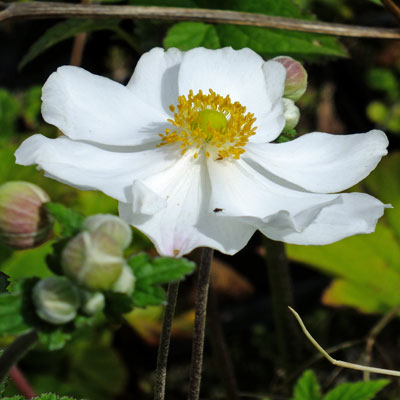

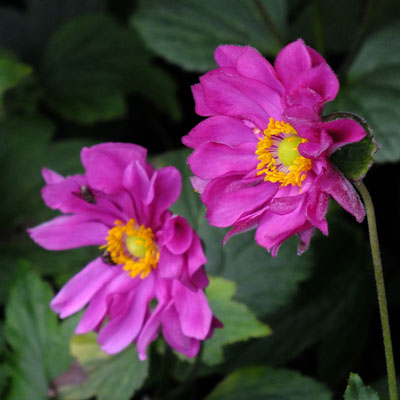

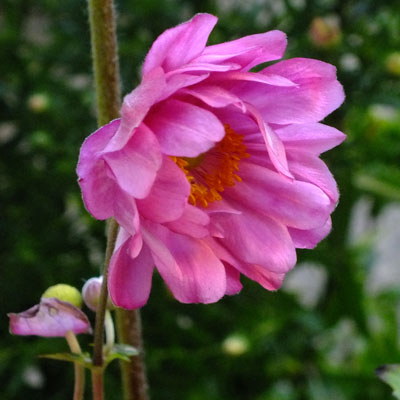
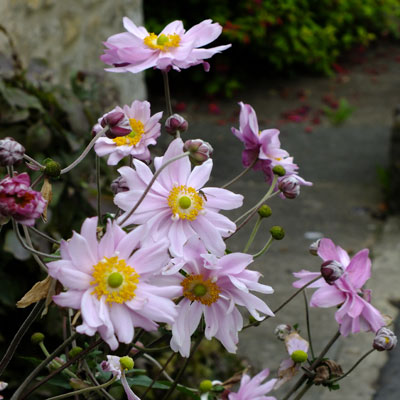
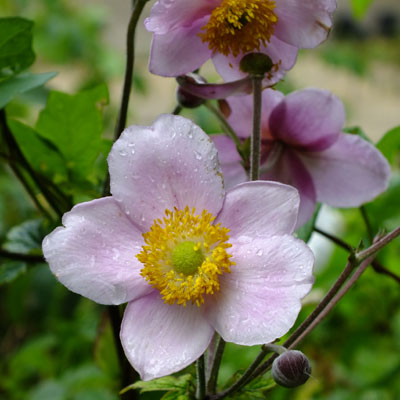
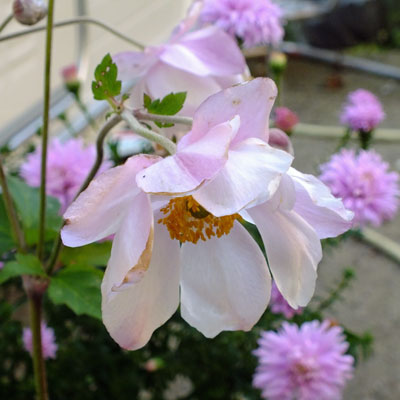
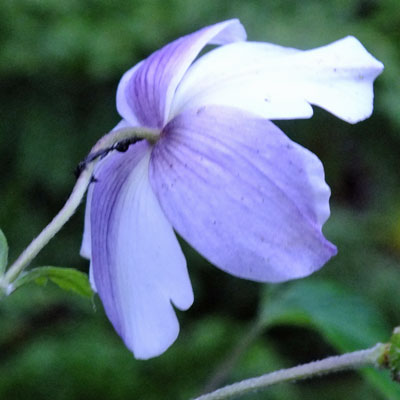

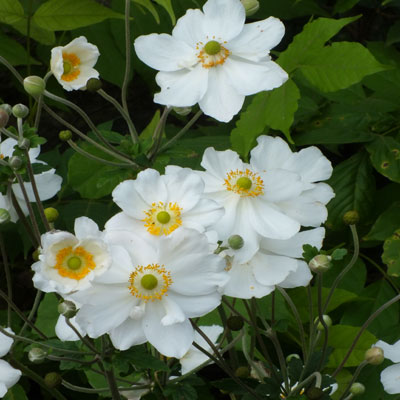
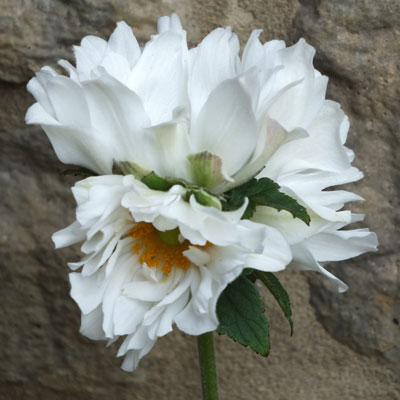
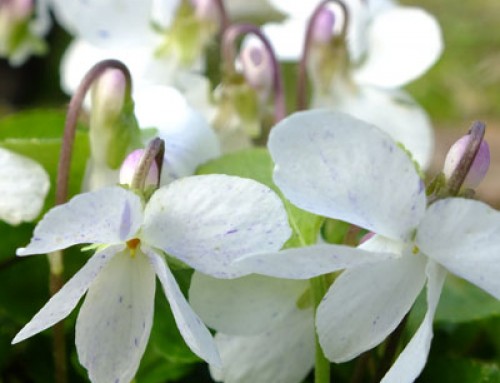

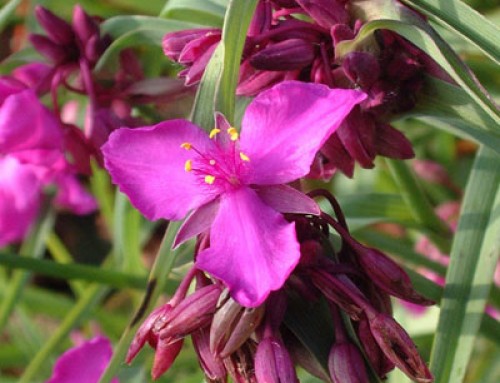
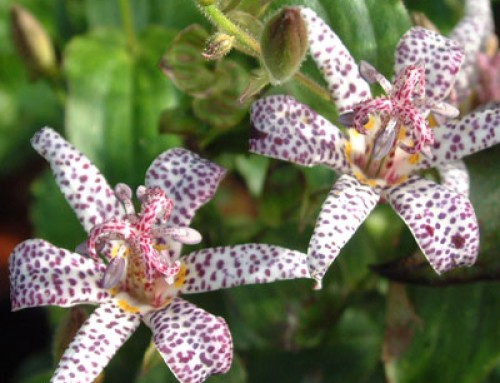
Leave A Comment
You must be logged in to post a comment.